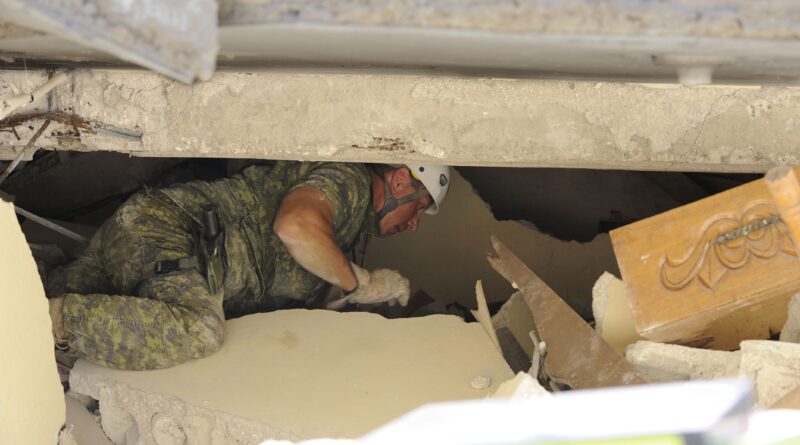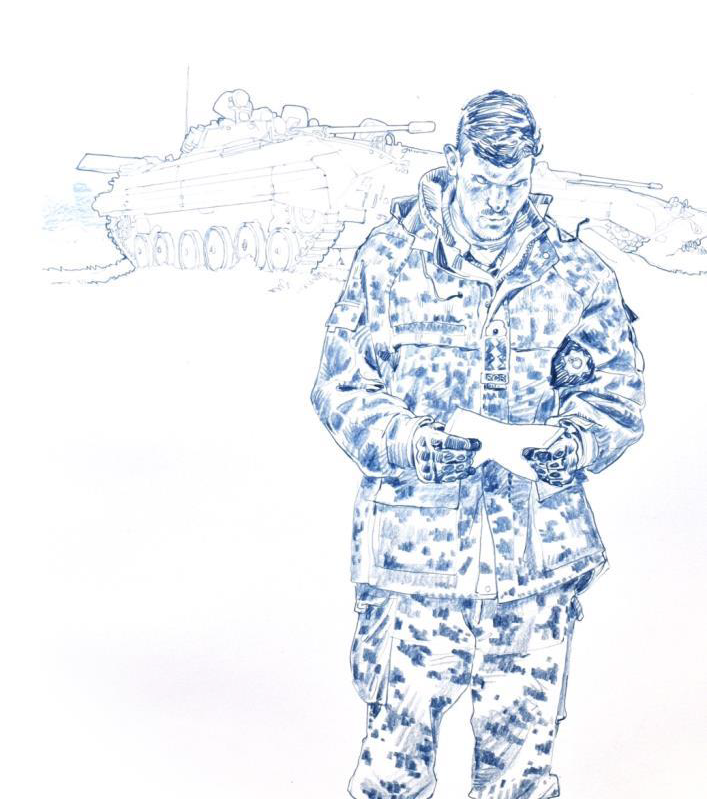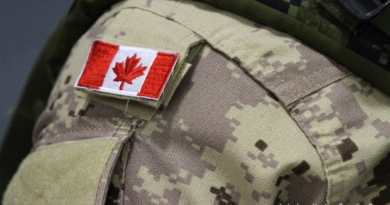Urban Search and Rescue
By Peter Ziobrowski
The recent explosion in Biuret Lebanon has overwhelmed local resources, and countries from around the world have deployed rescue teams. Notably absent from countries sending teams is Canada. The reason for this is simple. Canada does not have the needed internationally-deployable resources to send.
Domestically, many technical rescue situations are handed by municipal fire departments. Water, rope, confined space and vehicle rescues are all regularly performed by both career and volunteer departments across the country.
But what happens when the scale of an incident exceeds the ability of local resources?
In Canada, Urban Search and Rescue (USAR) refers to the technical search and rescue skills that are used in the event of a disaster and emergency situations, such as urban building collapses, mudslides, and flooding. Public Safety Canada defines three levels of USAR: light, medium and heavy.
Each level of USAR builds on the capabilities of the previous levels. A light team is trained and equipped to handle shorter duration incidents, in lighter building construction. A light team is 20-30 members. A medium team is deployable regionally and is equipped to handle collapse in all structure types. Medium teams would consist of 30 to 70 members.
In Canada, HUSAR or Heavy Urban Search and Rescue Teams are the main tool to respond to major incidents. HUSAR teams consist of approximately 140 members and are intended to be able to operate independently outside of their home jurisdiction for up to 14 days without local support, and work at two sites. The teams are trained and equipped to provide technical search and rescue, communications, logistics, emergency medical assistance, drone and canine search, and structural assessment.
There are six such teams in Canada, each designated as Canadian Task Force X. Federal funding is provided for training and equipment through Public Safety Canada’s HUSAR Program. The program provides 75% funding, with the province or municipality putting up the remaining 25%. In Halifax’s case, the 25% funding covered the department’s existing technical rescue capability.
Four teams have existed since the early 2000s: CAN-TF1 based in Vancouver and CAN-TF3 in Toronto are made up of municipal employees and are part of the fire department. CAN-TF2 is based in Calgary, is entirely volunteer and is supported by the Alberta Emergency Management Office. CAN-TF4 is the team in Manitoba and falls under the provincial Fire Marshal’s office. These teams are currently deployable across Canada.
The Province of Ontario also maintains a Medium USAR capability within the Ontario Provincial Police Urban Search and Rescue, CBRNE (chemical-biological-radiological-nuclear-explosive) Response team or OPP UCRT.
With re-establishment of federal funding in 2016, Halifax is reestablishing CAN-TF5 under the fire department; it will consist of both volunteer and career firefighters. CAN-TF6 in Montreal is also in the process of being established as part of the fire department there.
HUSAR teams can be internationally deployable by meeting the standards set out by INSARAG. INSARAG is the International Search and Rescue Advisory Group and is part of the United Nation’s Office for the Coordination of Humanitarian Affairs. In 1990 and 1991 the international community undertook an after-action review of the response to the 1985 Mexico City and 1988 Armenia earthquakes. The review found teams from around the world deployed to help but were ill prepared, equipped and coordinated, which led to issues effectively responding to the crisis. This led to an agreement that better coordination was needed between governments and SAR organizations. This led to the formation of INSARAG, which released its first set of guidelines in 1994.
Since 2005, INSARAG has a process to certify team capabilities against those guidelines, ensuring teams have common capabilities. Currently INSARAG certifies heavy, medium and light teams. Public Safety Canada’s USAR capability guide aligns with INSARAG requirements but no teams are currently certified. Currently there 56 teams worldwide, including two internationally-deployable teams in North America. The Los Angeles County and Fairfax County Fire departments each have a deployable Heavy USAR Task Force under the auspices of the United States Agency for International Development.
It should be noted that all six Canadian teams have participated in exercises with American teams, including a recent exercise at the Muscatatuck Urban Training Center in Indiana. As a result of these exercises a demonstrated cross-border capability exists. Both countries also make use of National Fire Protection Association standards which provide for a common training and certification regime.
Canadian Armed Forces SAR Resources
Probably the best known military SAR resource is the Royal Canadian Air Force’s (RCAF) responsibility for aeronautical SAR and operation of Joint Rescue Co-ordination Centres. The RCAF also maintains a light USAR capability out of Comox and Trenton, making use of the firefighter occupation trained to International Fire Service Accreditation Congress Structural Collapse II standards. The goal of this small group is to respond with the Canadian Armed Forces’ Disaster Assistance Response Team (DART) and to provide assistance – the group was established as a result of DART’s 2004 mission to Haiti, post-earthquake. DART is not intended to be an emergency response team and is not intended to provide search and rescue services or trauma care. DART’s goal is to assist in the recovery and the replacement and re-instatement of critical infrastructure.
The Royal Canadian Navy established a Medium USAR capability in 2000, housed within its Pacific Naval Construction Troop (NCT). This group has trained with CAN-TF1 and was established to respond better to the local earthquake risk.
Within the last two years, the Canadian Army has established a Light USAR capability within reserve artillery units. The Light USAR capability was placed within the reserve units in order to keep the skill sets present in the units’ community. So far, four Light USAR groups have been trained, located in n Vancouver, Toronto, Montreal and Halifax. By definition the light capability is not intended to be deployable far from home.
While these capabilities are important, none are a suitable resource to deploy intentionally to respond the immediate rescue needs after a disaster.
Other Civil SAR Resources
Ground search and rescue (GSAR) teams exist across the country. Made up of volunteers, these teams specialize in locating missing persons in wilderness and rural areas. Some teams are trained to assist police with evidence searches, and in many places have a technical rescue capability. Several GSAR teams in British Columbia have access to helicopters and can rescue patients via hoist or long line from remote areas. These groups often receive funding from donations and the province.
Royal Canadian Marine Search and Rescue or RCMSAR is a volunteer-based organization that operates more than 30 marine rescue stations on the British Columbia coast and in the BC interior. RCMSAR conduct, on average, 800 marine rescues every year.
The Civil Air Search and Rescue Association, better known asCASARA, is a Canada-wide volunteer aviation association dedicated to the promotion of SAR awareness and to the provision of air search support services to the National Search and Rescue Program.
Community Emergency Response Teams are meant to serve local communities after a disaster and are often pools of volunteers trained to setup and maintain emergency shelters, and to provide assistance during emergencies to others in their communities.
Whilst SAR is not necessarily included in their mandates, these groups can bring forward extensive resources in an emergency.
Peter Ziobrowski serves as a firefighter with Halifax Regional Fire and Emergency. He has a broad interest in emergency response and provides bi-weekly commentary on maritime issues in the Halifax Chronical Herald.
photo: Corporal Pierre Thériault, Canadian Forces Combat Camera, IS2010-4003-031, February 8, 2010, Port-Au-Prince, Haiti, ©2010 DND-MDN Canada
A PDF of this paper can be downloaded here.



